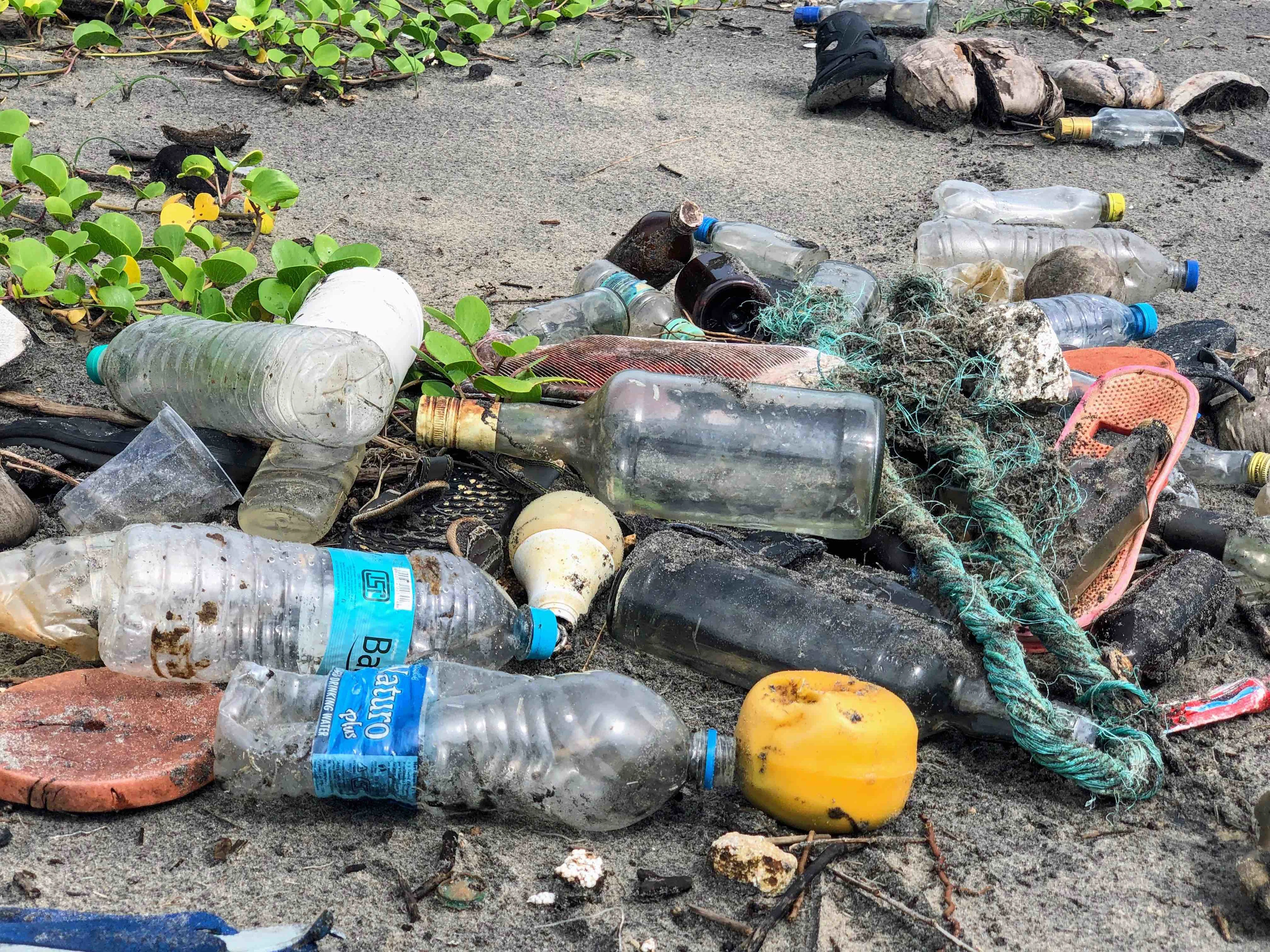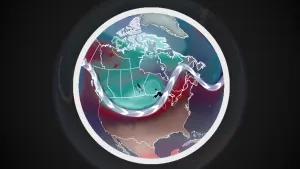
How plastic pollution is contributing to climate change
Surprising ways ocean plastics contribute to greenhouse gas emissions
Plastic has become a common ingredient in our oceans, and the overwhelming pollution crisis it is causing around the world, is also posing an increasing threat to our already deteriorated climate.
Greenhouse gas emissions from the plastic lifecycle itself are adding some extra decimals to the global temperature rise observed. The plastic industry is planning a massive production expansion soon, so the problem is expected to escalate even more in the coming decades.
Nearly every piece of plastic begins as a fossil fuel, and greenhouse gases are emitted at each of each stage of the plastic lifecycle: (1) fossil fuel extraction and transport, (2) plastic refining and manufacture, (3) managing plastic waste, and (4) its ongoing impact on our oceans, waterways, and landscape.
Climate impacts from the plastic lifecycle remain poorly quantified and poorly understood. The least studied and, as yet, least understood of these impacts arise once the plastic has been released into the environment, such as those floating in our oceans.

OCEAN PLASTIC AND GREENHOUSE GAS EMISSIONS
In recent years, plastic pollution in our environment has become progressively more visible. The science behind it has focused on its global abundance, distribution, and evidence of ecological harm. In August 2018, a team led by Sarah-Jeanne Royer a post-doctoral scholar at the Center of Microbial Oceanography of the University of Hawaii released a study documenting that the growing volume of plastic accumulating in the environment may be contributing to climate change. These impacts are a result of the exposure of plastic to solar radiation and the slow breakdown, or degradation, of plastic in the environment.
The degradation and breakdown of plastic represent a previously unrecognized source of greenhouse gases that are expected to increase, especially as more plastic is produced and accumulates in the environment. Royer’s study also revealed that among the common types of plastic used worldwide, low-density polyethylene, the most prevalent plastic discarded in the ocean today, releases methane (a powerful greenhouse gas), ethylene, ethane, and propylene at the highest rate. The study demonstrated that plastic exposed directly to sunlight (not submerged in water) produces even more of the gases. These emissions will continue to grow as the volume of plastic in the oceans and in the terrestrial environment increases.

(Image: John Cameron/Unsplash)
THE ESSENTIAL ROLE OF PLANKTON REGULATING CO₂ MAY BE CHANGING
Another potential indirect greenhouse gas effect of ocean plastic has only recently begun to emerge in the scientific literature, and it has to do with the impact it may have on the health of planktonic organisms that form the foundation of oceanic food chains.
These planktonic communities, made up of phytoplankton and zooplankton, also play an essential role in the ocean’s carbon cycle, capturing carbon dioxide at the surface and transporting the carbon to the deep oceans, where it is stored away from the atmosphere for centuries.
There is growing evidence that these plankton, like other marine species, are ingesting ever greater quantities of microplastic debris with potentially significant impacts on their metabolism, reproductive success, and mortality rates.
Although further research is needed in this field, it raises significant questions about the impact that microplastics may have on the ocean’s ability to store and absorb CO₂ and other greenhouse gases accumulating in our atmosphere.
Earth’s oceans provide the largest single natural sink for anthropogenic greenhouse gases, in the absence of which the climate impacts of fossil fuel burning would be significantly greater. Since the industrial era, the oceans have absorbed 30 to 50 percent of atmospheric anthropogenic CO₂. If we change the ocean’s ability to absorb CO₂ we will see an increased buildup of CO₂ in our atmosphere and other harmful gases that had been previously absorbed by phytoplankton and thus, contribute to climate change.
Source: Dr. Royer/PLOS One











